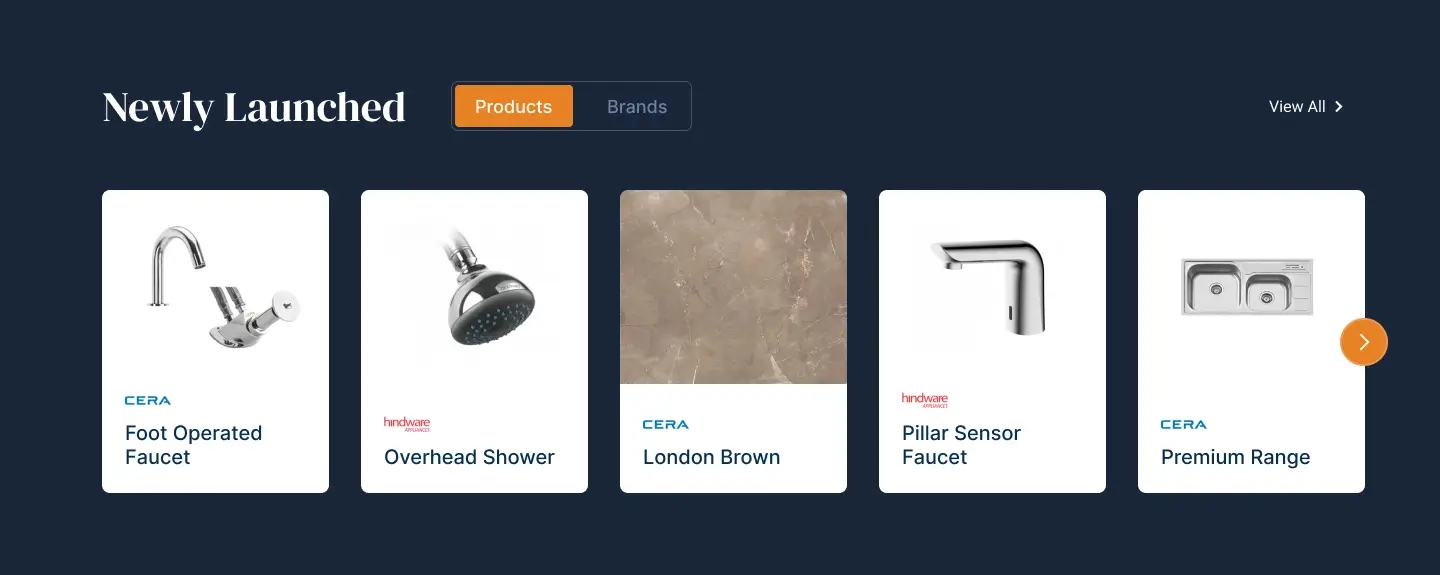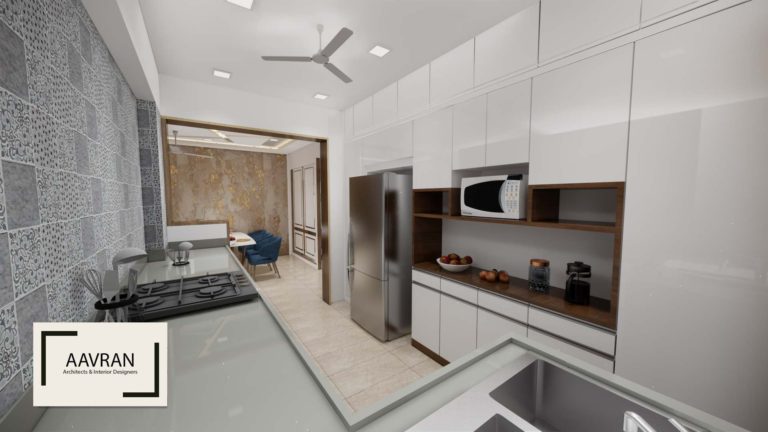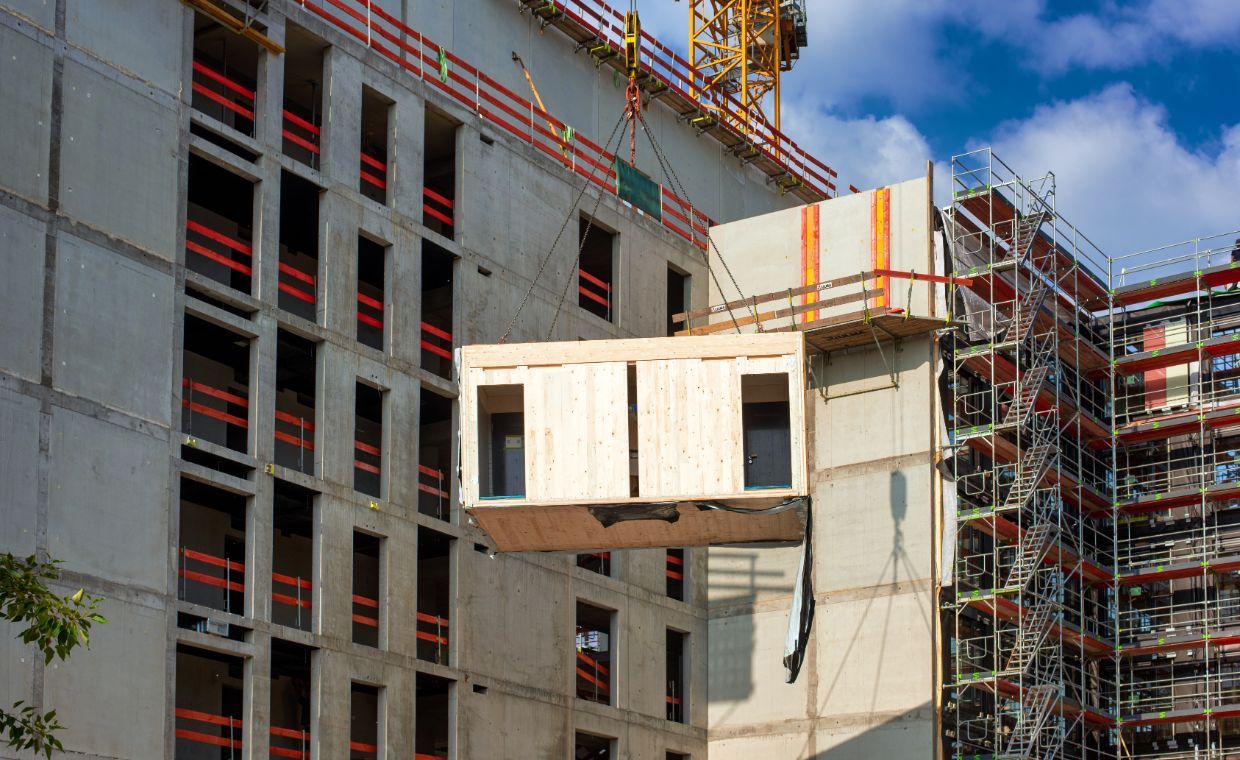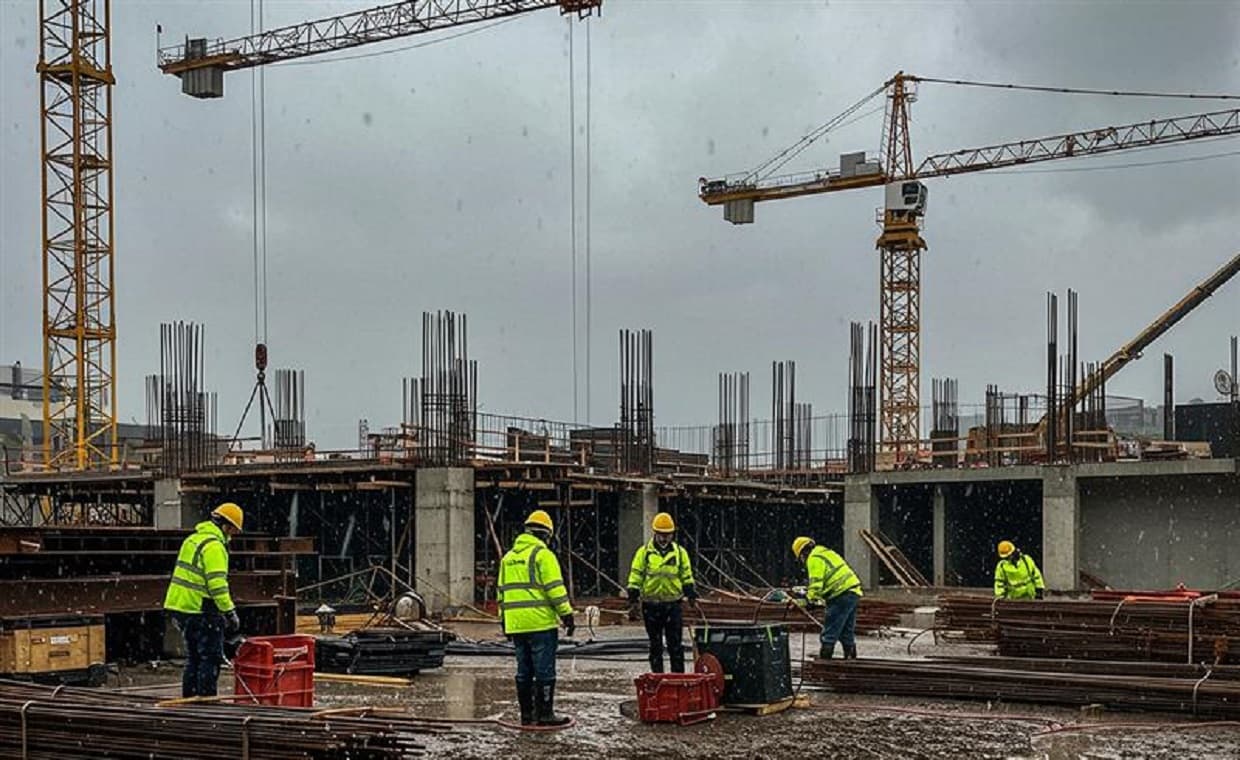
Table of Contents
The monsoon season brings much-needed relief to parched cities and fields, but for construction sites, it also signals caution. Rain, fluctuating humidity, and cooler temperatures can compromise the quality, strength, and long-term durability of concrete if left unmanaged.
However, today, with advanced materials, improved planning, and weather-responsive techniques, we have everything we need to build just as fearlessly, even in the rain. In this guide, let us break down essential precautions and on-site best practices that can ensure quality concreting during monsoons for your projects to stay strong, come rain or shine.
Why is Concreting During Monsoon Risky?
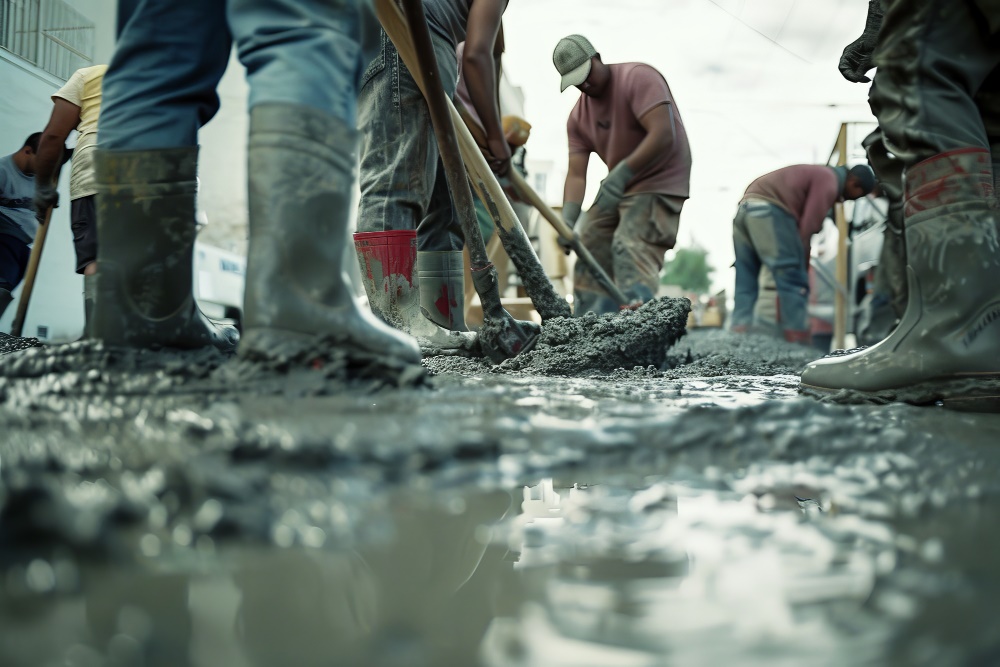
Freshly placed concrete is highly sensitive to moisture and temperature. During monsoons:
- Rainwater changes the water-cement ratio, weakening concrete.
- Washout of cement paste can reduce surface strength.
- Delayed setting time due to high humidity may affect finishing.
- Improper curing and water accumulation can cause cracks, dusting, or even structural issues.
Did you know? Even 10% extra water can reduce concrete strength by 15-20%. Hence, precision mixing and weather-adaptive practices play a critical role in ensuring concrete quality during challenging conditions. Companies like Infra.Market Concrete are known to adhere to these practices effectively. Through controlled batching and moisture-resistant admixtures, the brand ensures consistent strength and durability, even when the weather isn’t on your side.
Key Precautions for Safe and Durable Concreting During Monsoon
1. Plan Around the Weather
- Check reliable weather forecasts 3-5 days before scheduling a pour.
- Avoid concreting when heavy rainfall is predicted within the next 6–8 hours.
- Keep backup dates ready for unexpected weather changes.
Pro Tip: Use Infra.Market Concrete app to track your material deliveries and plan weather updates.
2. Site Preparation is Crucial
- Ensure proper drainage at site to avoid water accumulation.
- Dewater excavated pits, foundations, or slab bases before starting work.
- Use tarpaulin or waterproof sheets to cover reinforcement and shuttering.
- Create temporary slopes to direct water away from work areas.
3. Protect Your Materials
- Store cement in a dry, elevated area.
- Cover aggregates and sand with plastic sheets to prevent excess moisture absorption.
- Ensure batching equipment is calibrated to adjust for moisture in aggregates.
- Use only ISI-marked cement for better weather resistance.
4. During Concreting
- Use waterproof shelters or temporary sheds over the concrete area.
- Maintain mixed design slump. Avoid adding extra water to the site.
- If it rains during the pour, stop immediately and cover the surface.
- Use concrete with water-reducing admixtures for better workability.
Quality Check: Always test slump using the standard slump cone method, with certified testing equipment, preferably from a trusted and tested supplier like Infra.Market.
5. After Concreting – Curing & Finishing
- Be patient and wait until the concrete reaches initial set and then start curing.
- If water curing isn’t possible because of rain, use curing compounds instead.
- Cover the concrete for at least 24–48 hours after pouring to protect it from rain.
- Start proper curing after the rain stops.
6. Safety Measures
- Ensure all electrical lines are protected from water contact with RCCB/ELCB systems and weatherproof covers.
- Provide workers with raincoats and gumboots and use non-slip mats to prevent slips and falls.
- Always keep first aid ready on site and develop emergency evacuation procedures with clear assembly points.
7. Quality Inspection & Health Considerations
- Inspect concrete within 24-48 hours for surface erosion, cold joints, honecombing, or color variations.
- Provide clean drinking water and fresh food to workers.
- Conduct periodic health checkups for workers on site.
Smart Tips for Better Quality
- Follow relevant IS codes: IS 456:2000 for general concreting, IS 10262:2019 for mix design, and IS 9103:1999 for admixtures.
- Always use a slump cone to check consistency during the rainy season. The range should be 75mm to 100mm.
- Lower crane brooms when wind speed exceeds 35km/hr for safety reasons.
- Ensure communication between the batching plant, QA/QC team, and site supervisor is clear and continuous.
- Avoid water contamination from construction runoff using appropriate barriers.
Common Mistakes to Avoid
- Don’t add water at site as it is the biggest quality killer.
- Always check the weather forecasts before starting your work.
- Ensure you have a proper drainage site for smooth water flow.
- Do not rush in curing as proper curing takes time.
- Store your materials in a dry environment to avoid getting them wet.
Conclusion: Let It Rain – Just Be Ready
While monsoons are a challenge, they don’t have to be a roadblock. With proper planning, execution, and monitoring, concreting during the rainy season can be done without compromising quality.
Infra.Market Concrete makes this process even smoother by offering reliable material supply and delivery tracking through its app. Along with testing tools, on-site support, and weather-resistant products.
Smart construction means adapting to the environment while maintaining standards. By following the right precautions, we not only avoid rework and cost overruns but also ensure the longevity and integrity of the structure for years to come.
Also Read: Differences between Setting & Hardening of Cement/ Mortar/Concrete



